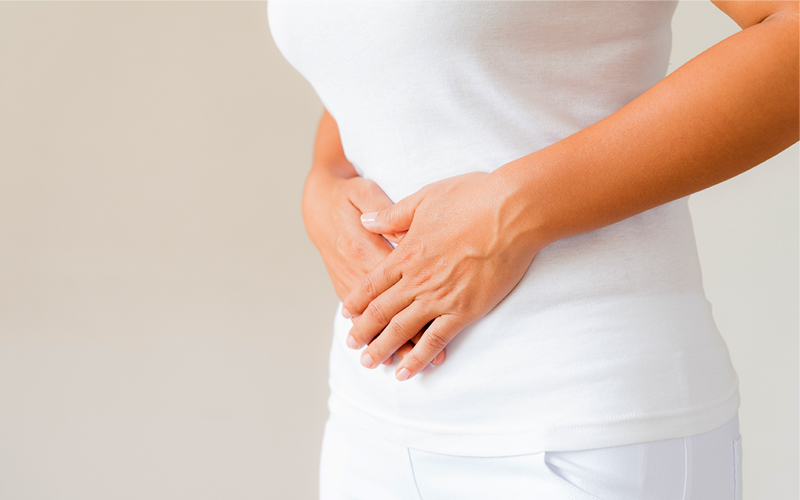
The Health series is presented by AdventHealth
Have you thought about your gallbladder lately? If you’re someone who experiences pain or discomfort in your midsection, the gallbladder is something you’ll want to pay attention to.
For Dr. Liz Bennett, a general surgeon with AdventHealth Medical Group, it’s her job to think about the gallbladder, and she says that for adults—especially women—who experience ongoing pain in their midsection, a common culprit is the gallbladder.
What’s the gallbladder do again? Bennett reminds us that the gallbladder stores and secretes bile into the small intestine to help digest food. When it’s working, it’s easy to forget the gallbladder is there, but when it’s not—due to gallbladder inflammation, gallstones, or another problem—it can lead to uncomfortable symptoms.
“Problems from the gallbladder can range from pain from stones, acute infection, chronic inflammation, poor function, passage of gallstones, irritation of the pancreas, or stones stuck in the bile ducts,” Bennett says. “The ability of the gallbladder to do its job depends on what problem the gallbladder has.”

Recognizing Symptoms Indicative of Gallbladder Disease
When the gallbladder becomes a problem, many patients experience symptoms such as nausea, vomiting, and right upper abdominal pain after eating. Bennett notes that other more severe symptoms can include fevers and yellowing of the skin or eyes.
“Typical pain will be after eating, especially when that meal is fried or fatty,” says Bennett. “Pain can occur in the right upper abdomen or upper middle of the stomach and sometimes wrap around to the patient’s back. Typically, pain will occur within an hour or two after eating. The pain then can go away quickly or stay for several hours, and patients can experience pain every few months or have more frequent episodes.”
Who’s most likely to experience gallbladder problems? Bennett says women have a higher incidence of gallbladder disease than men, and it’s most likely to present in people who are overweight, have diabetes, have liver problems, or are still of childbearing age.
Diagnosing Gallbladder Disease
There can be other causes of pain that occur in the same location as the gallbladder. This can include irritation of the stomach, acid reflux, infection of the intestines, and ulcers of the stomach or small bowel. Bennett will ask patients to keep a food diary and pay close attention to the foods they eat and when pain is occurring.
Other issues with the gallbladder can be diagnosed with further testing, which may include an endoscopy, ultrasound, and/or biopsy.
So, when should you visit your doctor with your symptoms?
“You know your body. If you are having episodes of abdominal pain that are concerning, consult your primary care doctor. You should see your doctor if pain is recurring, occurring more frequently, or associated with nausea,” Bennett says. “If the pain is sudden, unbearable, and does not improve, you may need to seek care in the emergency department. You should be evaluated in the ER if you have fevers, vomiting, and are unable to keep food down, and/or have yellowing of the skin or eyes.”
Addressing Symptoms
While treatment for some gallbladder problems may lead to surgical removal of the gallbladder, there are a few things Bennett sometimes instructs her patients to do before taking that step.
“The best approach is to modify your diet,” she says. “Avoid fried, fatty foods, sugary sweets, caffeine, and acidic foods. If you are overweight, gradual weight loss can help, and moderate exercise is important.”
If symptoms don’t improve or worsen, it’s time to consider surgical gallbladder removal.
“If you have gallstones and you are no longer able to avoid pain with dietary changes, increased frequency of symptoms, and have evidence that your gallbladder isn’t functioning well on imaging, those are common reasons to have your gallbladder removed on a scheduled/elective basis,” Bennett says.
Surgery to remove a patient’s gallbladder, also called a cholecystectomy, is often achieved via laparoscopic (minimally invasive) surgery. In most cases, patients who have their gallbladder removed laparoscopically can resume normal activities within a week or two, and patients lead a perfectly normal life after surgery.


